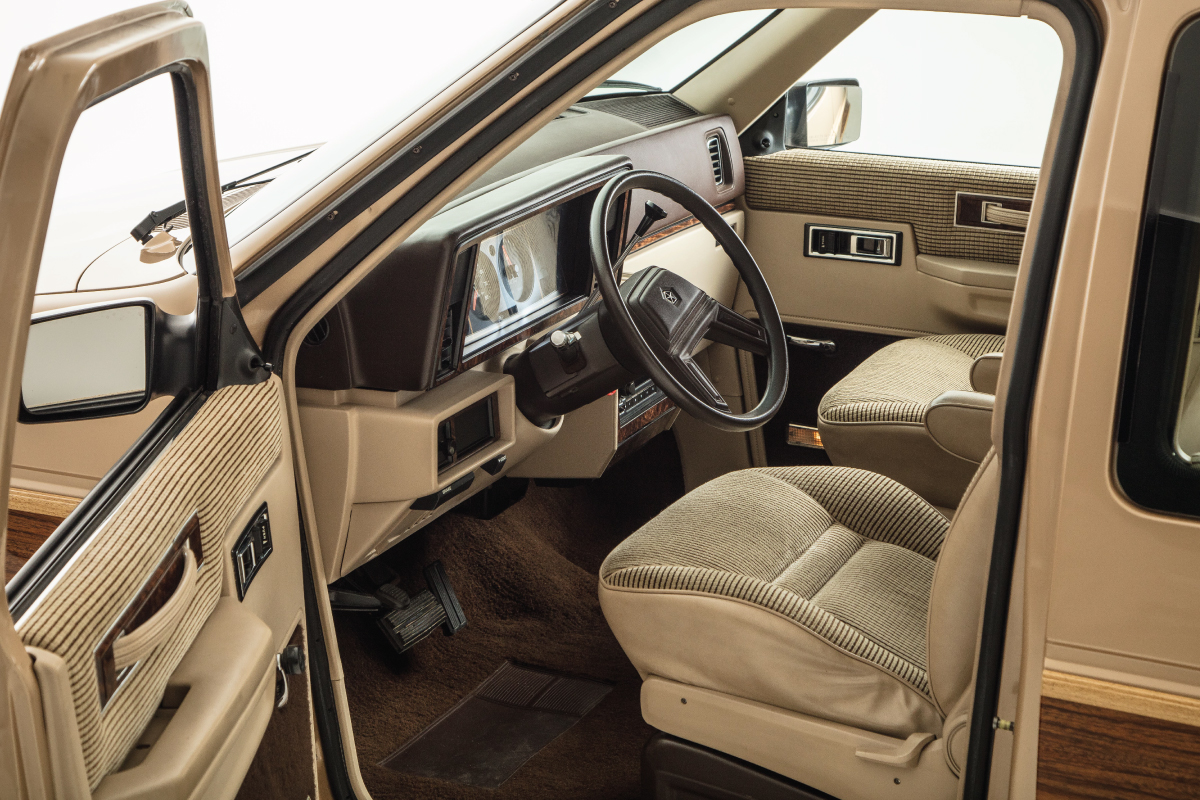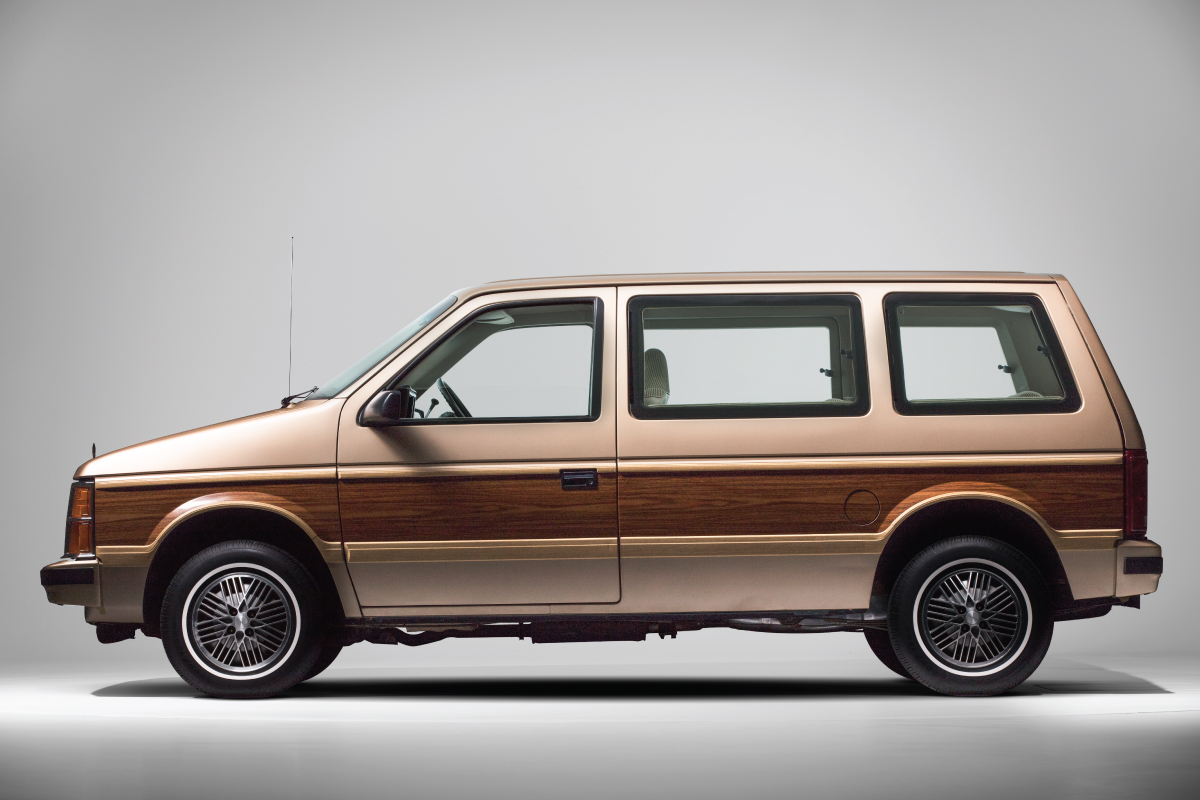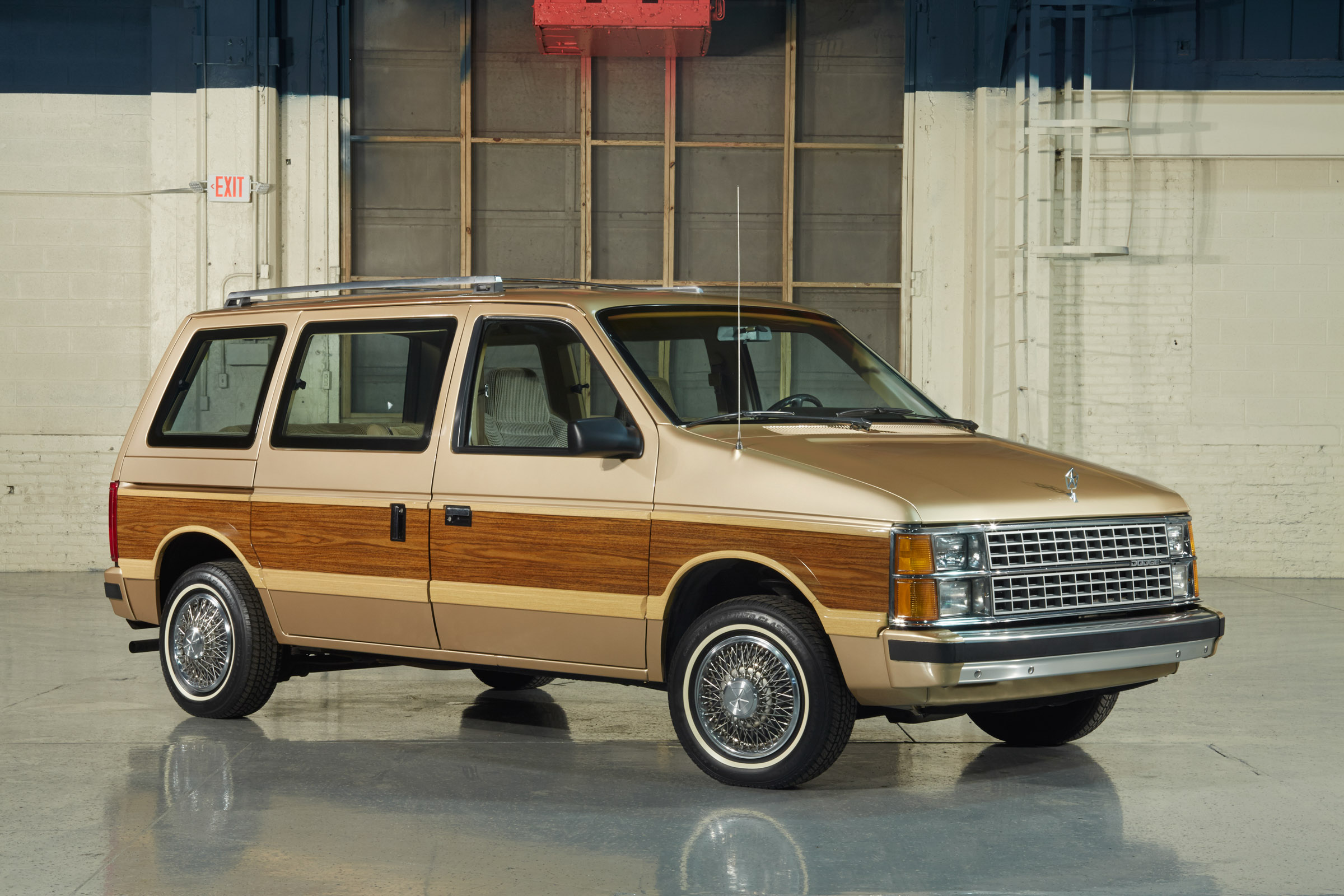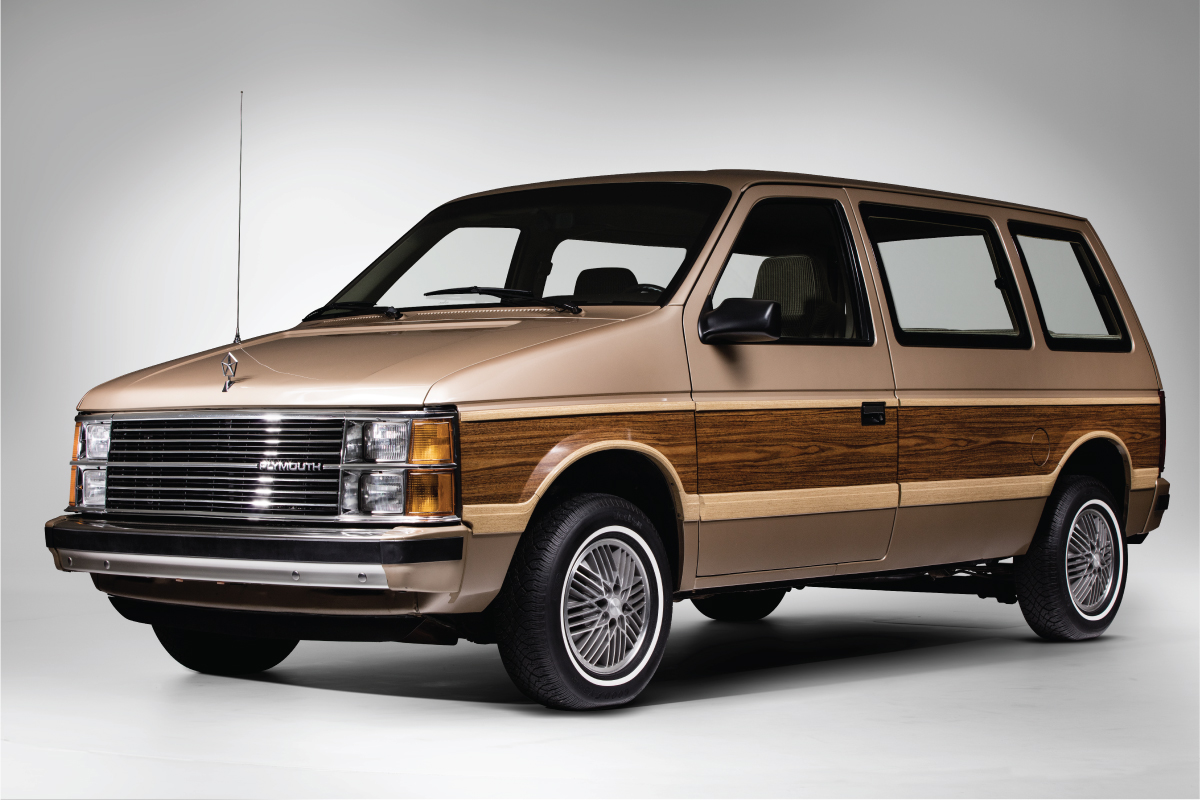Dodge Caravan: The greatest vehicle of the 1980s
As Classic Car Appreciation Day (July 13) approaches, we’ll be counting down each day with the greatest vehicle of each decade, from the earliest days of the automobile to the present. It’s by no means a final, definitive, for-all-time list, so please weigh in—respectfully—in the Forums with your comments, endorsements, and disagreements. Today: the 1980s.
Yes, you read that right. We really have picked a minivan as the greatest car of the ’80s. No, we haven’t lost our marbles. Just hear us out. The original Dodge Caravan/Plymouth Voyager isn’t just a minivan, it’s the minivan. There were minivan-esque vehicles before, like the Corvair Greenbrier, the Volkswagen Transporter, Dodge’s own A-Vans, or even the Stout Scarab back in the 1930s. And over in Europe, Renault came out with its Espace at around the same time. The Caravan/Voyager, however, got the formula just right and essentially started the minivan as a separate and ultimately very popular segment of the car market.



The ideas for a Chrysler minivan went back to the 1970s. Chrysler already owned a disproportionate amount of market share for full-size vans and felt it could lure away station wagon buyers with something smaller that they called a “garageable van,” but the bean counters wouldn’t dedicate the money to developing the concept. Thanks to push from execs Hal Sperlich and Lee Iacocca, however, a front-drive van based on the K-Car with a single sliding rear door was introduced for the 1984 model year, and the minivan was officially born.
Millions have been sold since, and while the crossover SUV has been on the rise in more recent years, minivans are still very popular (nearly half a million sold last year) and countless Millennials spent huge chunks of their childhood horsing around in the vast expanse that is the back of a minivan.
“Car people” are quick to turn up their noses at a minivan, and that’s a fair response. Not even wood-grain panels, a turbocharged engine, and an available five-speed manual can hide the fact that the Caravan is a boring front-wheel drive people carrier that’s shaped like a tick drawn on Etch A Sketch. But let’s face it, the vast majority of folks out there aren’t car people, and they buy automobiles for reasons other than quarter-mile times or lateral g-forces. They buy cars for more practical reasons, and in terms of practicality the Caravan/Voyager was a home run—easy to park with its short hood up front, room for a large family in the middle, easy access for passengers with a sliding door on the side, and easy access for cargo space with a hatchback rear. It wasn’t sexy, but it never tried to be.


The initial media reaction to the Caravan was positive, and the platform sold nearly 210,000 units in its first year. That was impossible to ignore, and it forced nearly every major carmaker to offer its own minivan in subsequent years. Many automakers still have a minivan in their lineup, although there’s no denying it’s on the decline.
We celebrate the original Mustang largely because it started its own market segment. Well, the Caravan basically did the same thing. There other great cars in the ’80s, of course, but the Dodge Caravan changed how people shopped for cars and how they packed for their road trips. No other vehicle arguably made such big waves, even if they were in a boring, family-friendly ocean.
Honorable mention:
The first-generation Ford Taurus was a gamble, but one that paid off and arguably saved Ford from bankruptcy. Plus, there was the high-performance SHO model, a roomy sedan that could outrun many of the day’s sports cars.
The Audi Quattro forever changed the course of rallying with its four-wheel drive system, and became the poster child for the Group B era of the World Rally Championship.
The Ferrari F40 is the quintessential analog supercar as well as the last Ferrari that Enzo personally signed off on.






